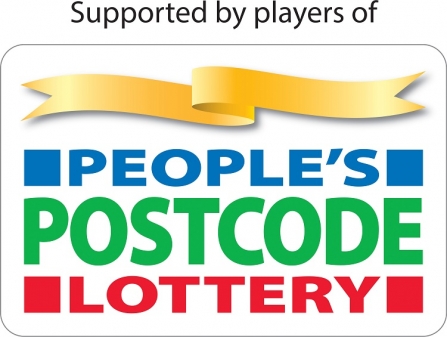Gwent Wildlife Trust has been working in partnership with Gloucestershire Wildlife Trust since Summer 2021 to further the monitoring and recovery of the UK-wide Pine Marten population.
What is Project Pine Marten?
Project Pine Marten is a pine marten reintroduction project run by Gloucestershire Wildlife Trust in collaboration with Forestry England, Vincent Wildlife Trust, Woodland Trust, Forest Research and Forest Holidays. This project provides an opportunity to help this native species recover in places that used to be its home. A Forest of Dean population of pine martens will eventually link up with the recently recovering Welsh population, helping to ensure the species’ survival in Wales and the south west of England for future generations. Read more about the project on Gloucestershire Wildlife Trust’s website.
How are Gwent Wildlife Trust helping Pine Martens?
As a neighbouring Wildlife Trust, we’re adding value and reach to the recovery of the Pine Marten in England and Wales. By providing additional skills and training to our staff, this is being cascaded to ur volunteer network, furthering our ability to monitor, document and share information about the pine marten’s expansion.
It builds on the considerable knowledge base and survey work undertaken by Gloucestershire Wildlife Trust and the project partners over many years and encourages the incorporation of citizen science and community engagement into species monitoring.
What are we trying to achieve?
- Better understanding of the recovery and expansion of the pine marten following its reintroduction in Gloucestershire.
- Increased engagement with local communities and landowners to support the recovery and monitoring of nature in their area.
- Greater awareness of pine martens, their ecology and how to support and document their recovery in Gwent by Gwent Wildlife Trust staff, volunteers, partners and stakeholders.
Pine Martens in Gwent
Thanks to our monitoring and survey work, we are delighted to be able to confirm that Pine Martens have already made their way over into Wales, being regularly seen in Monmouthshire and believed to be breeding here. A recent report from Gloucestershire Wildlife Trust confirmed, “Of the 17 martens released this autumn, around a third have remained in the Forest of Dean and immediate surroundings, likely filling in any empty territories. The remaining martens have either ventured across the Wye into Wales, headed northwards following the Wye and one marten has even bypassed Gloucester and settled in the Stroud Valleys.”
Gwent Wildlife Trust staff have been coordinating volunteer monitoring groups in undertaking camera trapping at selected locations throughout the year and have been carrying out scat surveys as we come into spring. Pine marten scat surveys are undertaken in March each year as this is the period where scat density is at its lowest. This means it provides a conservative estimate on marten distribution. Scat transects are being walked by Gwent Wildlife Trust volunteers and any scats found are being photographed, collected, numbered and their location recorded.
Read more about the Pine Marten Martes martes.
As is the case with many native British mammalian carnivores and omnivores, over the years the population of pine martens has decreased mainly due to predator control, environmental contaminants, deforestation and demand for fur.
Thankfully the UK’s pine marten population is increasing again thanks to a range of actions taken to protect them and the habitats they thrive in. In 2018, The UK Government’s 25-year Environment Plan explicitly stated that the reintroduction of native species was key to nature’s recovery. The pine marten is still one of the 18 most threatened terrestrial mammal species in the UK and in need of conservation action.
What to do if you think you have seen a Pine Marten
If you see a pine marten, please report it to info@gloucestershirewildlifetrust.co.uk with the subject ‘Pine marten sighting’. These sightings will be passed to the project team who may contact you for more information. Please include a detailed location of the sighting (a grid reference if possible), a description of the animal and what it was doing. If possible try to take a photograph or video.
If the animal is dead on the road please try to provide an accurate location so we can recover the body.

This project is being supported in Gwent by Players of the People's Postcode Lottery.

Wye Valley AONB logo
With our thanks for funding from the Wye Valley AONB Sustainable Development Fund
